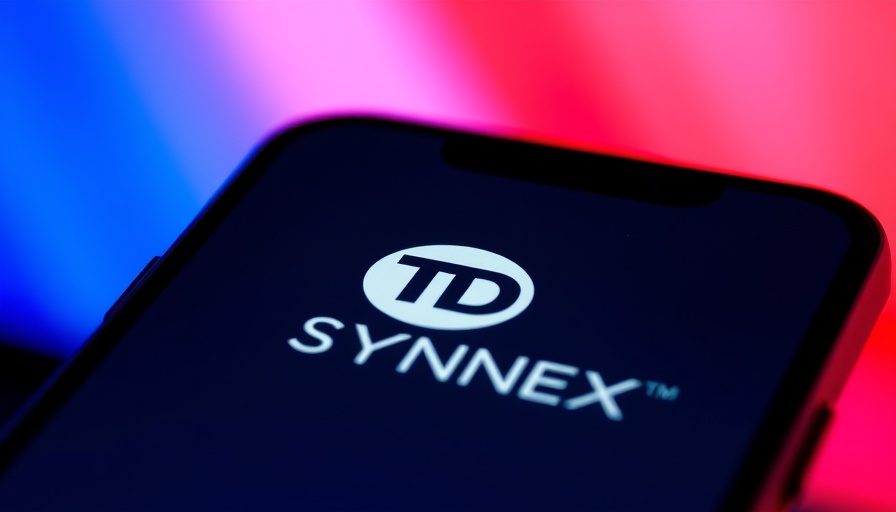
Amazon's Robotics Revolution: A Deep Dive into Its Patent Growth
In the rapidly evolving retail landscape, automation has emerged as the driving force, with companies such as Amazon leading the charge. A recent analysis underscores a staggering growth in Amazon's robotics patent portfolio—an increase of 400 times since its acquisition of Kiva Systems in 2012. With a robust armada of over 1 million robots complemented by cutting-edge artificial intelligence, Amazon is essentially redefining how logistics and fulfillment operate within the e-commerce space.
The Race for Automation: Amazon vs. Walmart
The competition is fierce, particularly between Amazon and Walmart, the two largest private employers in the United States. While Amazon has cultivated its technological arsenal over 20 years, Walmart's strategic response in 2017—an impressive 185% surge in new robotics patents—highlights the urgency among retailers to embrace automation. This race illustrates the broader marketplace dynamics and the critical need for efficiency in operations, especially amid a climate where labor costs and consumer expectations are rising.
DeepFleet: The Brain Behind the Robots
Integral to Amazon's robotics strategy is DeepFleet, a sophisticated generative AI model designed to optimize its extensive network. By enhancing decision-making processes, DeepFleet aims to improve robotic travel times by 10%, decreasing operational costs and ultimately expediting customer deliveries. Scott Dresser, VP of Amazon Robotics, likens this system to the iconic character Voltron, wherein individual components work in harmony to create a more powerful entity. This metaphor resonates well, illustrating how myriad autonomous units collaborate to reinvent the logistics landscape.
A Look Into the Numbers: Patent Insights
Amazon's patent strategy pivot post-Kiva acquisition has been monumental. From initially developing basic warehouse control systems, it has increasingly focused on patented innovations powered by artificial intelligence. A significant benchmark occurred between 2012 and 2020 when machine learning patents ballooned by 23 times. This transition from mechanical automation to a sophisticated AI-driven workforce exemplifies the depth of Amazon's commitment to innovation.
The Future of Work at Amazon: A Double-Edged Sword
As with any major industrial shift, the automation of jobs raises pressing concerns about future employment landscapes. In statements made by CEO Andy Jassy, the expectation is clear: as robotic systems take over routine tasks, there will be fewer roles available for traditional warehouse staff. However, Jassy also indicated a demand for new roles tailored to manage and innovate within this automated framework, suggesting a transformation rather than a total displacement.
Strategic Implications for Business Professionals
For CEOs, marketing managers, and business professionals navigating this landscape, understanding Amazon's trajectory in robotics is crucial. This knowledge can inform strategic decisions, ensuring that companies remain competitive in an increasingly automated environment. The implications extend far beyond logistics; they touch on marketing strategies, workforce management, and even product development in tech-driven industries.
Conclusion: Preparing for an Automated Future
The scaling of robotics at Amazon serves as a case study in innovation, efficiency, and the future of labor. As businesses ponder their next moves, they must consider how automation can enhance their operations while preparing their workforce for change. Embracing these advancements can yield significant competitive benefits.
If your organization is aiming to harness automation for enhanced efficiency, now is the time to develop a strategic plan. Exploring AI technologies and automation trends can be the key to thriving in this evolving marketplace.
 Add Row
Add Row  Add
Add 




 Add Row
Add Row  Add
Add 

Write A Comment